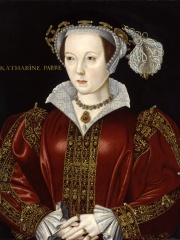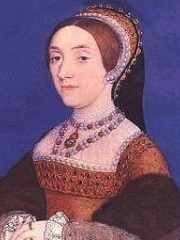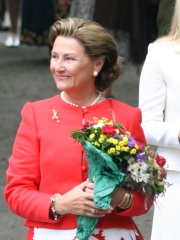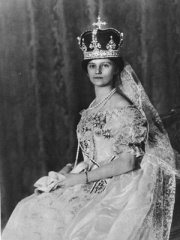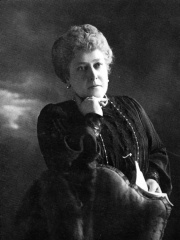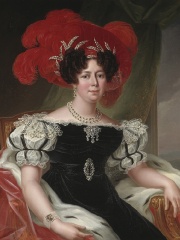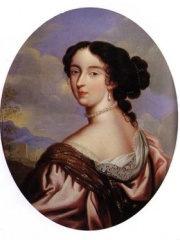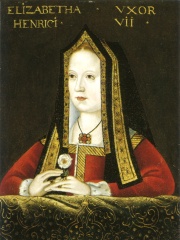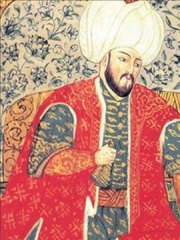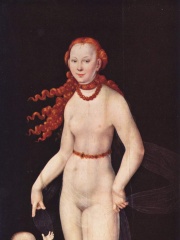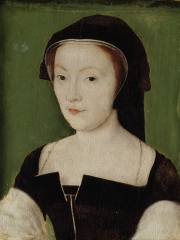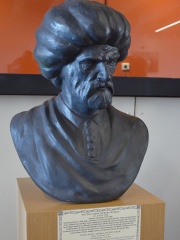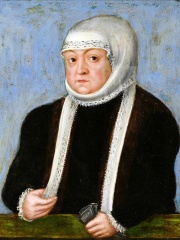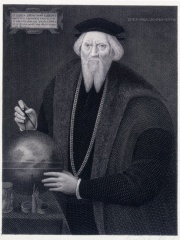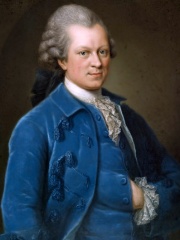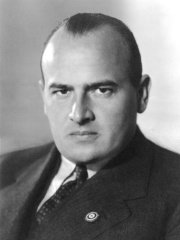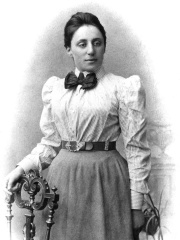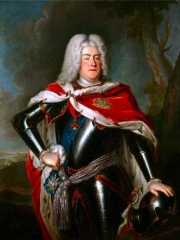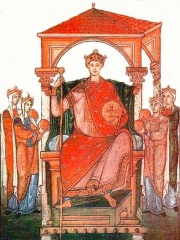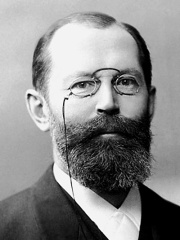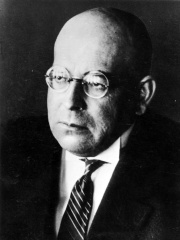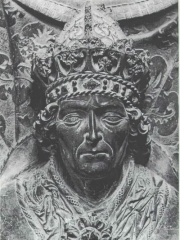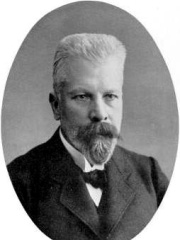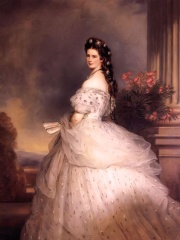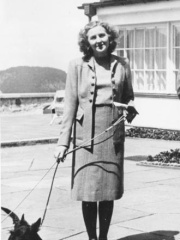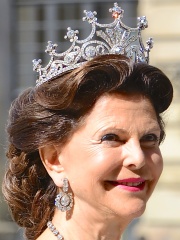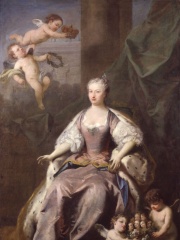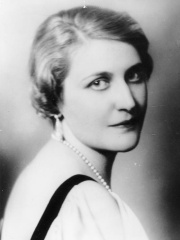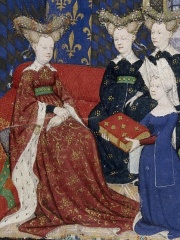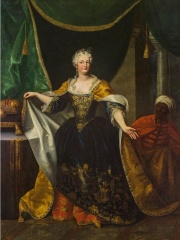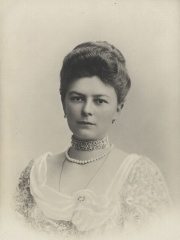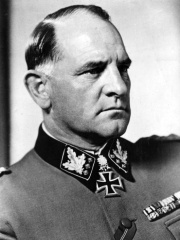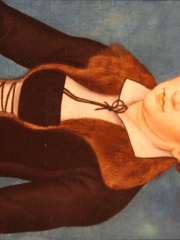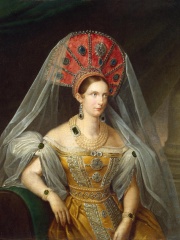COMPANION
Anne of Cleves
1515 - 1557
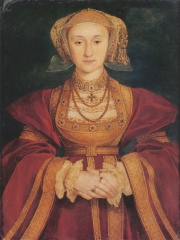
 Anne of Cleves
Anne of Cleves
Anne of Cleves (German: Anna von Kleve; 1515 – 16 July 1557) was Queen of England from 6 January to 12 July 1540 as the fourth wife of King Henry VIII. Not much is known about Anne before 1527, when she became betrothed to Francis, Duke of Bar, son and heir of Antoine, Duke of Lorraine, although their marriage did not proceed. In March 1539, negotiations for Anne's marriage to Henry began, as Henry believed that he needed to form a political alliance with her brother, William, who was a leader of the Protestants of Western Germany, to strengthen his position against potential attacks from Catholic France and the Holy Roman Empire.Anne arrived in England on 27 December 1539 and married Henry on 6 January 1540, but after six months, the marriage was declared unconsummated and, as a result, she was not crowned queen consort. Following the annulment, Henry gave her a generous settlement, and she was thereafter known as the King's Beloved Sister. Read more on Wikipedia
Since 2007, the English Wikipedia page of Anne of Cleves has received more than 8,621,218 page views. Her biography is available in 59 different languages on Wikipedia (up from 58 in 2019). Anne of Cleves is the 44th most popular companion (down from 30th in 2019), the 189th most popular biography from Germany (down from 140th in 2019) and the 5th most popular German Companion.
Anne of Cleves was a German princess who was married to King Henry VIII of England, but she was divorced after six months of marriage.
Memorability Metrics
8.6M
Page Views (PV)
71.67
Historical Popularity Index (HPI)
59
Languages Editions (L)
5.44
Effective Languages (L*)
4.73
Coefficient of Variation (CV)
Page views of Anne of Cleves by language
Over the past year Anne of Cleves has had the most page views in the English wikipedia edition with 1,140,295 views, followed by German (119,377), and French (94,111). In terms of yearly growth of page views the top 3 wikpedia editions are Estonian (312.61%), Welsh (249.59%), and Simple English (186.20%)
Among COMPANIONS
Among companions, Anne of Cleves ranks 44 out of 784. Before her are Catherine Parr, Catherine Howard, Queen Sonja of Norway, Salman the Persian, Zita of Bourbon-Parma, and Princess Helena of the United Kingdom. After her are Désirée Clary, Françoise d'Aubigné, Marquise de Maintenon, Zainab bint Muhammad, Elizabeth of York, Abbas ibn Abd al-Muttalib, and Priscilla Presley.
Most Popular Companions in Wikipedia
Go to all RankingsCatherine Parr
1512 - 1548
HPI: 72.17
Rank: 38
Catherine Howard
1523 - 1542
HPI: 72.16
Rank: 39
Queen Sonja of Norway
1937 - Present
HPI: 72.09
Rank: 40
Salman the Persian
568 - 657
HPI: 72.08
Rank: 41
Zita of Bourbon-Parma
1892 - 1989
HPI: 71.86
Rank: 42
Princess Helena of the United Kingdom
1846 - 1923
HPI: 71.83
Rank: 43
Anne of Cleves
1515 - 1557
HPI: 71.67
Rank: 44
Désirée Clary
1777 - 1860
HPI: 71.67
Rank: 45
Françoise d'Aubigné, Marquise de Maintenon
1635 - 1719
HPI: 71.26
Rank: 46
Zainab bint Muhammad
600 - 629
HPI: 71.20
Rank: 47
Elizabeth of York
1466 - 1503
HPI: 71.20
Rank: 48
Abbas ibn Abd al-Muttalib
567 - 653
HPI: 71.10
Rank: 49
Priscilla Presley
1945 - Present
HPI: 71.09
Rank: 50
Contemporaries
Among people born in 1515, Anne of Cleves ranks 3. Before her are Şehzade Mustafa, and Teresa of Ávila. After her are Philip Neri, Lucas Cranach the Younger, Injong of Joseon, Mary of Guise, Pierre Lescot, Piali Pasha, Petrus Ramus, Sebastian Castellio, and Cipriano de Rore. Among people deceased in 1557, Anne of Cleves ranks 2. Before her is Jacques Cartier. After her are Niccolò Fontana Tartaglia, John III of Portugal, Pontormo, Bona Sforza, Mikael Agricola, Olaus Magnus, Sebastian Cabot, Emperor Go-Nara, Lautaro, and Giovanni Francesco Straparola.
Others Born in 1515
Go to all RankingsŞehzade Mustafa
POLITICIAN
1515 - 1553
HPI: 77.07
Rank: 1
Teresa of Ávila
RELIGIOUS FIGURE
1515 - 1582
HPI: 76.65
Rank: 2
Anne of Cleves
COMPANION
1515 - 1557
HPI: 71.67
Rank: 3
Philip Neri
RELIGIOUS FIGURE
1515 - 1595
HPI: 70.05
Rank: 4
Lucas Cranach the Younger
PAINTER
1515 - 1586
HPI: 66.38
Rank: 5
Injong of Joseon
POLITICIAN
1515 - 1545
HPI: 65.90
Rank: 6
Mary of Guise
POLITICIAN
1515 - 1560
HPI: 64.25
Rank: 7
Pierre Lescot
ARCHITECT
1515 - 1578
HPI: 64.13
Rank: 8
Piali Pasha
POLITICIAN
1515 - 1578
HPI: 61.04
Rank: 9
Petrus Ramus
PHILOSOPHER
1515 - 1572
HPI: 60.71
Rank: 10
Sebastian Castellio
RELIGIOUS FIGURE
1515 - 1563
HPI: 60.44
Rank: 11
Cipriano de Rore
COMPOSER
1515 - 1565
HPI: 59.55
Rank: 12
Others Deceased in 1557
Go to all RankingsJacques Cartier
EXPLORER
1491 - 1557
HPI: 74.64
Rank: 1
Anne of Cleves
COMPANION
1515 - 1557
HPI: 71.67
Rank: 2
Niccolò Fontana Tartaglia
MATHEMATICIAN
1499 - 1557
HPI: 70.78
Rank: 3
John III of Portugal
POLITICIAN
1502 - 1557
HPI: 69.08
Rank: 4
Pontormo
PAINTER
1494 - 1557
HPI: 68.66
Rank: 5
Bona Sforza
POLITICIAN
1494 - 1557
HPI: 67.37
Rank: 6
Mikael Agricola
WRITER
1510 - 1557
HPI: 66.11
Rank: 7
Olaus Magnus
RELIGIOUS FIGURE
1490 - 1557
HPI: 64.75
Rank: 8
Sebastian Cabot
EXPLORER
1484 - 1557
HPI: 62.46
Rank: 9
Emperor Go-Nara
POLITICIAN
1497 - 1557
HPI: 61.39
Rank: 10
Lautaro
MILITARY PERSONNEL
1534 - 1557
HPI: 59.85
Rank: 11
Giovanni Francesco Straparola
WRITER
1480 - 1557
HPI: 56.11
Rank: 12
In Germany
Among people born in Germany, Anne of Cleves ranks 189 out of 7,253. Before her are Gotthold Ephraim Lessing (1729), Christian I of Denmark (1426), Hans Frank (1900), Baron d'Holbach (1723), Emmy Noether (1882), and Augustus III of Poland (1696). After her are Otto II, Holy Roman Emperor (955), Emil Fischer (1852), Oswald Spengler (1880), Louis IV, Holy Roman Emperor (1282), Jacob Grimm (1785), and Eduard Buchner (1860).
Others born in Germany
Go to all RankingsGotthold Ephraim Lessing
WRITER
1729 - 1781
HPI: 71.82
Rank: 183
Christian I of Denmark
POLITICIAN
1426 - 1481
HPI: 71.79
Rank: 184
Hans Frank
POLITICIAN
1900 - 1946
HPI: 71.77
Rank: 185
Baron d'Holbach
PHILOSOPHER
1723 - 1789
HPI: 71.73
Rank: 186
Emmy Noether
MATHEMATICIAN
1882 - 1935
HPI: 71.70
Rank: 187
Augustus III of Poland
POLITICIAN
1696 - 1763
HPI: 71.67
Rank: 188
Anne of Cleves
COMPANION
1515 - 1557
HPI: 71.67
Rank: 189
Otto II, Holy Roman Emperor
POLITICIAN
955 - 983
HPI: 71.66
Rank: 190
Emil Fischer
CHEMIST
1852 - 1919
HPI: 71.66
Rank: 191
Oswald Spengler
PHILOSOPHER
1880 - 1936
HPI: 71.64
Rank: 192
Louis IV, Holy Roman Emperor
POLITICIAN
1282 - 1347
HPI: 71.60
Rank: 193
Jacob Grimm
WRITER
1785 - 1863
HPI: 71.59
Rank: 194
Eduard Buchner
CHEMIST
1860 - 1917
HPI: 71.53
Rank: 195
Among COMPANIONS In Germany
Among companions born in Germany, Anne of Cleves ranks 5. Before her are Empress Elisabeth of Austria (1837), Eva Braun (1912), Queen Silvia of Sweden (1943), and Caroline of Ansbach (1683). After her are Magda Goebbels (1901), Isabeau of Bavaria (1370), Elisabeth Christine of Brunswick-Wolfenbüttel (1691), Sophie, Duchess of Hohenberg (1868), Sepp Dietrich (1892), Katharina von Bora (1498), and Alexandra Feodorovna (1798).
Empress Elisabeth of Austria
1837 - 1898
HPI: 83.91
Rank: 1
Eva Braun
1912 - 1945
HPI: 77.21
Rank: 2
Queen Silvia of Sweden
1943 - Present
HPI: 73.78
Rank: 3
Caroline of Ansbach
1683 - 1737
HPI: 72.67
Rank: 4
Anne of Cleves
1515 - 1557
HPI: 71.67
Rank: 5
Magda Goebbels
1901 - 1945
HPI: 70.77
Rank: 6
Isabeau of Bavaria
1370 - 1435
HPI: 70.26
Rank: 7
Elisabeth Christine of Brunswick-Wolfenbüttel
1691 - 1750
HPI: 69.88
Rank: 8
Sophie, Duchess of Hohenberg
1868 - 1914
HPI: 69.71
Rank: 9
Sepp Dietrich
1892 - 1966
HPI: 69.09
Rank: 10
Katharina von Bora
1498 - 1552
HPI: 68.49
Rank: 11
Alexandra Feodorovna
1798 - 1860
HPI: 67.80
Rank: 12
